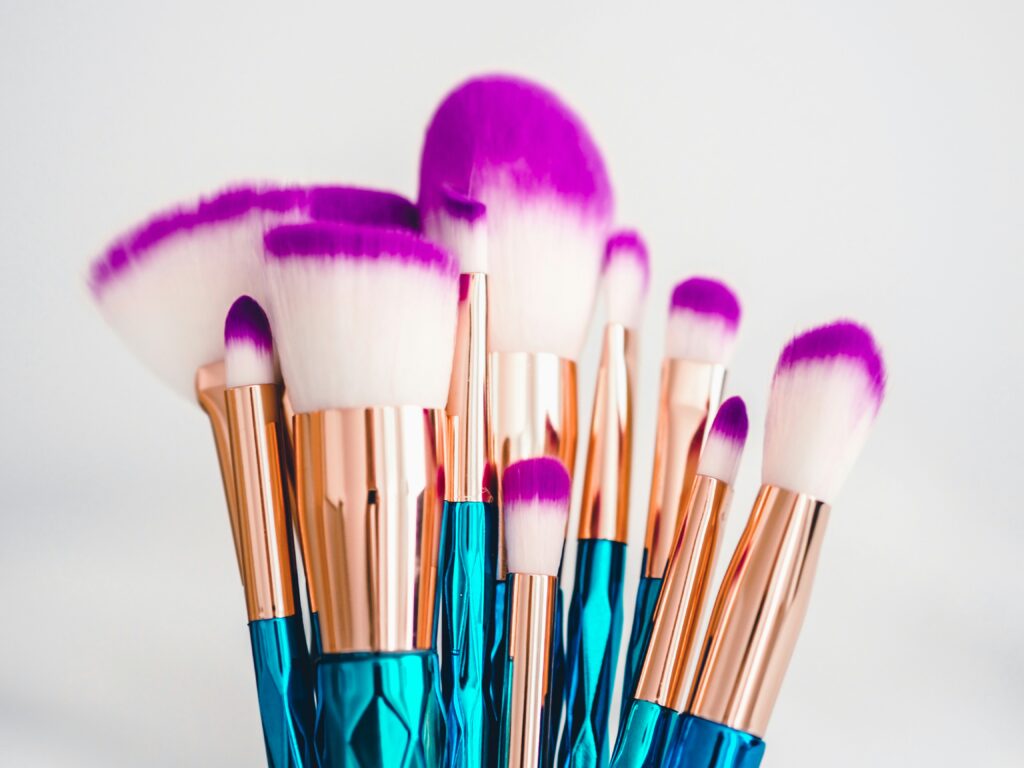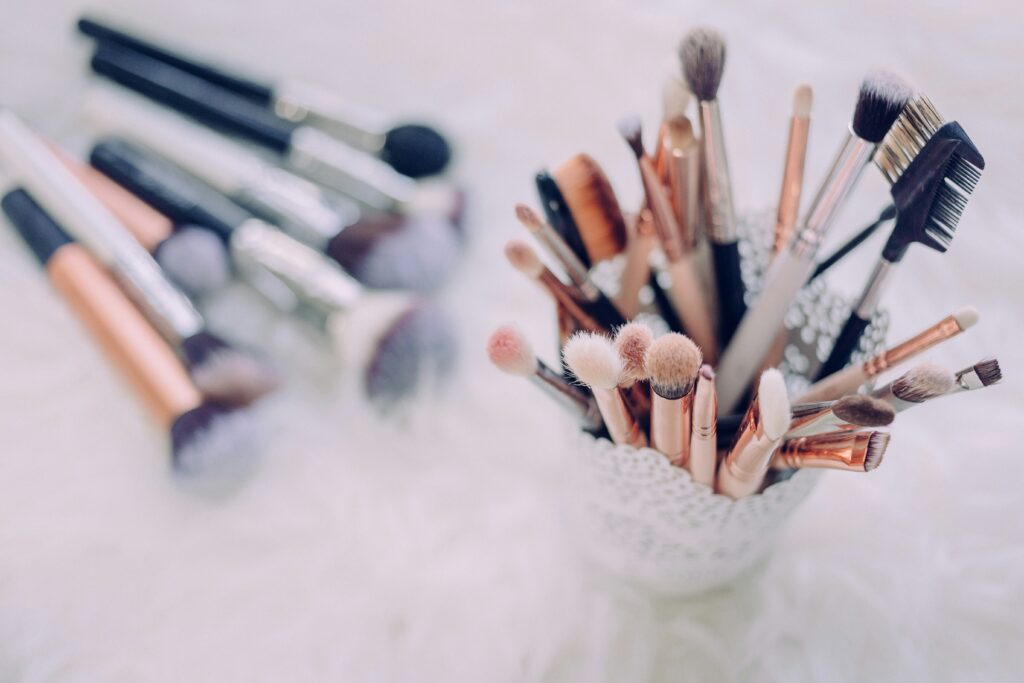
The History of Makeup: A Colourful Journey Through Time
Makeup, an art form that has been both celebrated and scrutinized over the centuries, remains a fascinating aspect of human culture.
Its origins can be traced back to ancient civilizations, where it served not only as a means of enhancing beauty but also as a symbol of status, a protective barrier, and even a statement of societal roles.
From the banks of the Nile to the modern-day vanity table, the evolution of makeup reflects the changing tastes, technologies, and cultural norms of society.
Let’s dive into the complicated yet fantastic history of makeup.
Ancient Beginnings
The history of makeup begins in ancient Egypt, around 4000 BCE, where men and women alike used kohl (a form of eye shadow) to outline their eyes.
This practice was not solely for aesthetic purposes; it also protected the eyes from the harsh sun and warded off evil spirits. Similar to eye-black in sports.
Egyptian women adorned their cheeks with red ochre and their lips with a mixture of iodine and bromine, a potentially lethal concoction that epitomizes the ancient adage, “Beauty is pain.”
Talk about being committed to the look.
Classical Influence
The Greeks and Romans further developed the use of makeup, incorporating it into their daily lives and linking it more closely with social status.
Roman women, for instance, preferred white lead to pale their complexions, a trend that signified wealth and distinction, despite its toxic effects. Fairness in complexion was sought after and the chase was on.
They also used crushed mulberries as blush and experimented with various substances to dye their hair.

Middle Ages to Renaissance
During the Middle Ages, the Christian Church heavily influenced European beauty standards, often associating makeup with deceit and vanity. However, by the Renaissance, makeup re-emerged as a symbol of wealth and aristocracy.
The use of lead-based products to achieve a pale, ethereal complexion continued, reflecting an ideal of beauty that was both dangerous and desired.
This technique most definitely worked but the ailments caused by the lead products were figured out eventually.
The Victorian Era to the 20th Century
The Victorian era saw a return to a more natural makeup look, as Queen Victoria declared makeup vulgar, and fit only for actors.
This era emphasized bare faces, with women using homemade remedies to enhance their natural beauty subtly. However, the 20th century brought a dramatic shift.
The invention of cinema and the rise of Hollywood stars like Marilyn Monroe and Audrey Hepburn popularized makeup, transforming it into a daily essential for women worldwide.
Modern Makeup Movement
Today, makeup is an industry worth billions, characterized by its diversity and inclusivity.
The 21st century has seen the rise of male makeup artists and influencers, challenging traditional gender norms and promoting makeup as a form of self-expression for all.
Innovations in technology have also led to the development of products that cater to a wide range of skin tones and types, promoting a more inclusive beauty standard.

Looking Ahead
As we look to the future, the trend towards natural, sustainable beauty products reflects a growing awareness of health and environmental concerns.
The makeup industry continues to evolve, driven by innovations that promise to make beauty more inclusive and accessible than ever before.
The history of makeup is a testament to human creativity and the ever-changing definitions of beauty.
From its ancient origins to its modern incarnations, makeup has remained a significant part of our cultural fabric, reflecting the values, traditions, and innovations of the times. As we continue to redefine beauty standards, makeup remains a powerful tool for expression, identity, and artistry.



